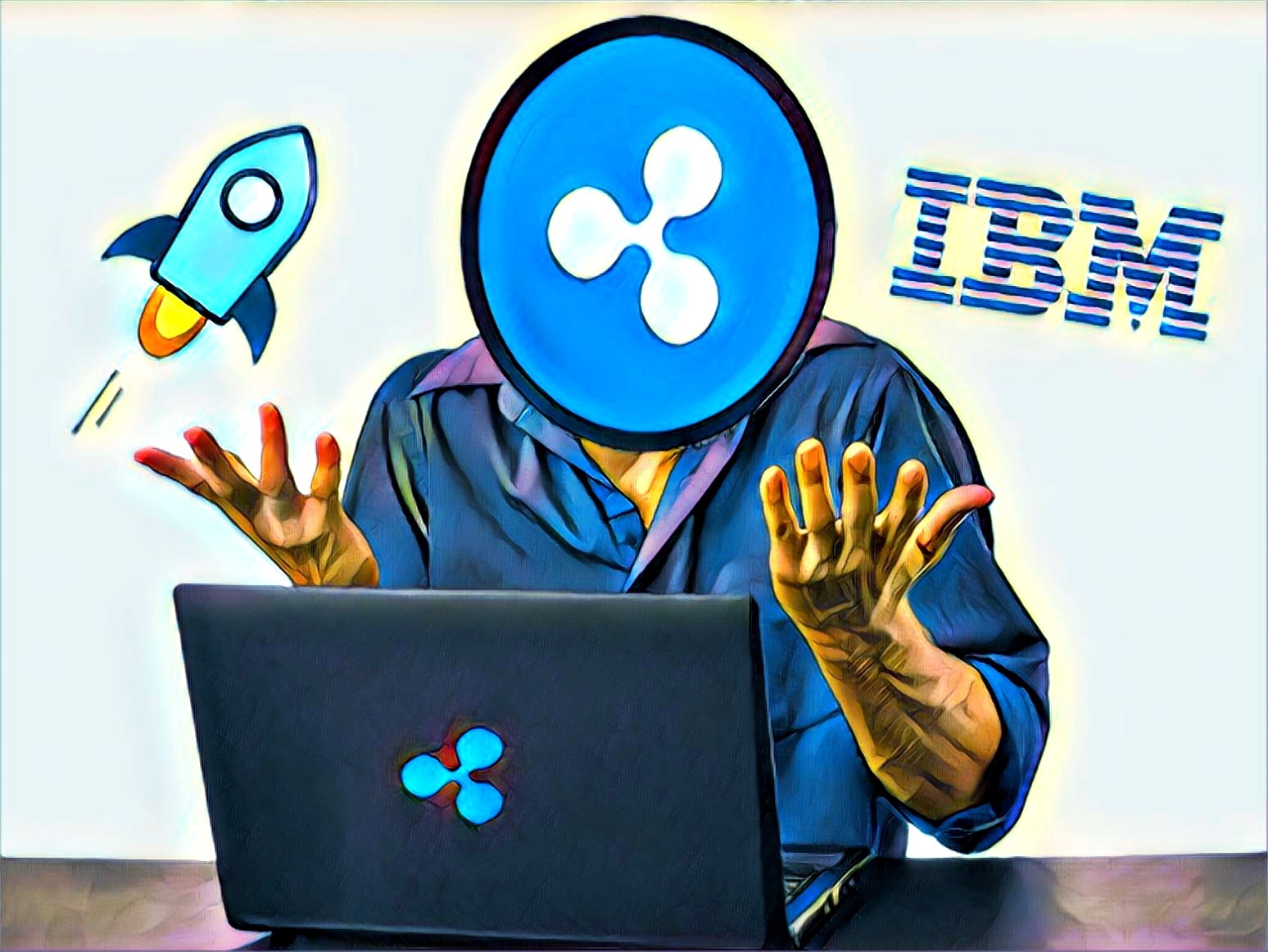Earlier this week, Ripple CTO David Schwartz hosted a Q&A session on Quora, answering a variety of questions that touched upon several topics, ranging from Ripple’s applications to the decisions made by some competitors.
One question of particular note is one that addressed the decision by IBM and Stellar (XLM) to collaborate so as to allow banks to issue their own stablecoins and use the Stellar network. Some investors saw that as a win for the Stellar project, but Schwartz sees the initiative a little differently.
To him the whole point of making international financial transactions is to overcome the difficulties associated with centralization – which he feels that the IBM-Stellar effort does not address.
It misses the point of blockchain completely. The root problem is that global payments infrastructure is centralized – IBM, SWIFT, and the rest of the old guard attempt innovation with blockchain, but do not solve the centralization issue. IBM has positioned itself as the central operator of the Stellar network, meaning it approves all validators and therefore controls the transactions, Schwartz said
Schwartz also asks questions of stablecoins, which he feels does not make for an asset class that is not tied to any particular currency. For example, a stablecoin tied to the US Dollar, like the USDC or Gemini Dollar, is not suited for contribution by entities across the world,
The use of stablecoins doesn’t make sense to me – even if all these banks got regulatory approval to issue their own stablecoins, would they all use each other’s stablecoins? Or go from their stablecoin to Lumens to the other bank’s stablecoin? With the goal of mass adoption, a universal bridge asset has to be geopolitically neutral, and a USD-backed stablecoin doesn’t solve for that. I don’t see how centralized stablecoins can be part of global pools of liquidity that anyone can contribute to and draw off of.
Ripple (XRP) itself has been doing fantastically well since the start of 2019, with Coinbase using the XRP token for cross-border payments, and India’s Federal Bank announcing its intentions to use the technology for the same. The number of banks on RippleNet has increased significantly, which bodes well for the XRP token. To make a push for adoption and regulation, Ripple has also become a founding member of INATBA, a European Commission-launched initiative to aid blockchain adoption and growth.

